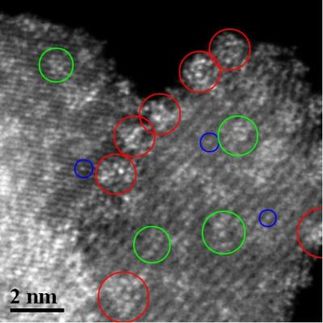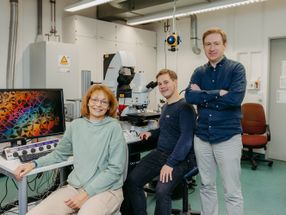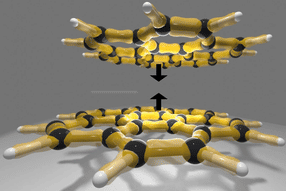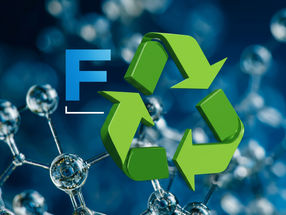Rice University finds chemical "scissors" to yield short carbon nanotubes
New process yields nanotubes small enough to migrate through cells
Advertisement
Chemists at Rice University have identified a chemical process for cutting carbon nanotubes into short segments. The new process yields nanotubes that are suitable for a variety of applications, including biomedical sensors small enough to migrate through cells without triggering immune reactions.
The chemical cutting process involves fluorinating the nanotubes, essentially attaching thousands of fluorine atoms to their sides, and then heating the fluoronanotubes to about 1,000 Celsius in an argon atmosphere. During the heating, the fluorine is driven off and the nanotubes are cut into segments ranging in length from 20-300 nanometers.
"We have studied several forms of chemical 'scissors,' including other fluorination methods and processes that involve ozonization of nanotubes," said John Margrave, the E.D. Butcher Professor of Chemistry at Rice University. "With most methods, we see a random distribution among the lengths of the cut tubes, but pyrolytic fluorination results in a more predictable distribution of lengths."
By varying the ratio of fluorine to carbon, Margrave and recent doctoral graduate Zhenning Gu can increase or decrease the proportion of cut nanotubes of particular lengths. For example, some fluorine ratios result in nearly 40 percent of cut nanotubes that are 20 nanometers in length. That's smaller than many large proteins in the bloodstream, so tubes of that length could find uses as biomedical sensors. By varying the process, Margrave hopes to maximize the production of lengths of nanotubes that are useful in molecular electronics, polymer composites, catalysis and other applications.
Since discovering them more than a decade ago, scientists have been exploring possible uses for carbon nanotubes, which exhibit electrical conductivity as high as copper, thermal conductivity as high as diamond, and as much as 100 times the strength of steel at one-sixth the weight. In order to capitalize on these properties, researchers and engineers need a set of tools - in this case, chemical processes like pyrolytic fluorination - that will allow them to cut, sort, dissolve and otherwise manipulate nanotubes.
Margrave said his team is already at work finding a method to sort the cut tubes by size. One technique they are studying is chromatography, a complex form of filtering. Margrave hopes to re-fluorinate the cut tubes, mix them with a solvent and pour the mixture through a column of fine powder that will trap the shorter nanotubes. Another sorting method under study is electrophoresis, which involves the application of an electric field to a solution.
Margrave's group is researching other ways that fluorination can be used to manipulate carbon nanotubes, which are chemically stable in their pure form. The highly-reactive fluorine atoms, which are attached to the walls of the nanotubes, allow scientists to create subsequent chemical reactions, attaching other substances to the nanotube walls. In this way, the group has created dozens of "designer" nanotubes, each with its own unique properties.
Most read news
Other news from the department science
These products might interest you
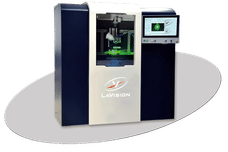
SprayMaster inspex by LaVision
Quality Control for Your Spraying Process Through Digital Spray and Particle Analysis
Reliable, Automated, Digital - The Geometry Measurement of Your Spraying Process in Real Time

FireSting-PRO by PyroScience
New fiber optic measuring device: Precise measurements even in the smallest volumes
Measure pH, oxygen and temperature even under sterile conditions

VEGAPULS | VEGABAR | VEGASWING by VEGA Grieshaber
Cyber-safe level measurement - here's how it works
Find out more about the unique sensor for liquid and solid media

Get the chemical industry in your inbox
By submitting this form you agree that LUMITOS AG will send you the newsletter(s) selected above by email. Your data will not be passed on to third parties. Your data will be stored and processed in accordance with our data protection regulations. LUMITOS may contact you by email for the purpose of advertising or market and opinion surveys. You can revoke your consent at any time without giving reasons to LUMITOS AG, Ernst-Augustin-Str. 2, 12489 Berlin, Germany or by e-mail at revoke@lumitos.com with effect for the future. In addition, each email contains a link to unsubscribe from the corresponding newsletter.
Most read news
More news from our other portals
See the theme worlds for related content
Topic world Sensor technology
Sensor technology has revolutionized the chemical industry by providing accurate, timely and reliable data across a wide range of processes. From monitoring critical parameters in production lines to early detection of potential malfunctions or hazards, sensors are the silent sentinels that ensure quality, efficiency and safety.

Topic world Sensor technology
Sensor technology has revolutionized the chemical industry by providing accurate, timely and reliable data across a wide range of processes. From monitoring critical parameters in production lines to early detection of potential malfunctions or hazards, sensors are the silent sentinels that ensure quality, efficiency and safety.
Topic World Chromatography
Chromatography enables us to separate, identify and thus understand complex substances. Whether in the food industry, pharmaceutical research or environmental analysis - chromatography opens up a treasure trove of information about the composition and quality of our samples. Discover the fascinating world of chromatography!
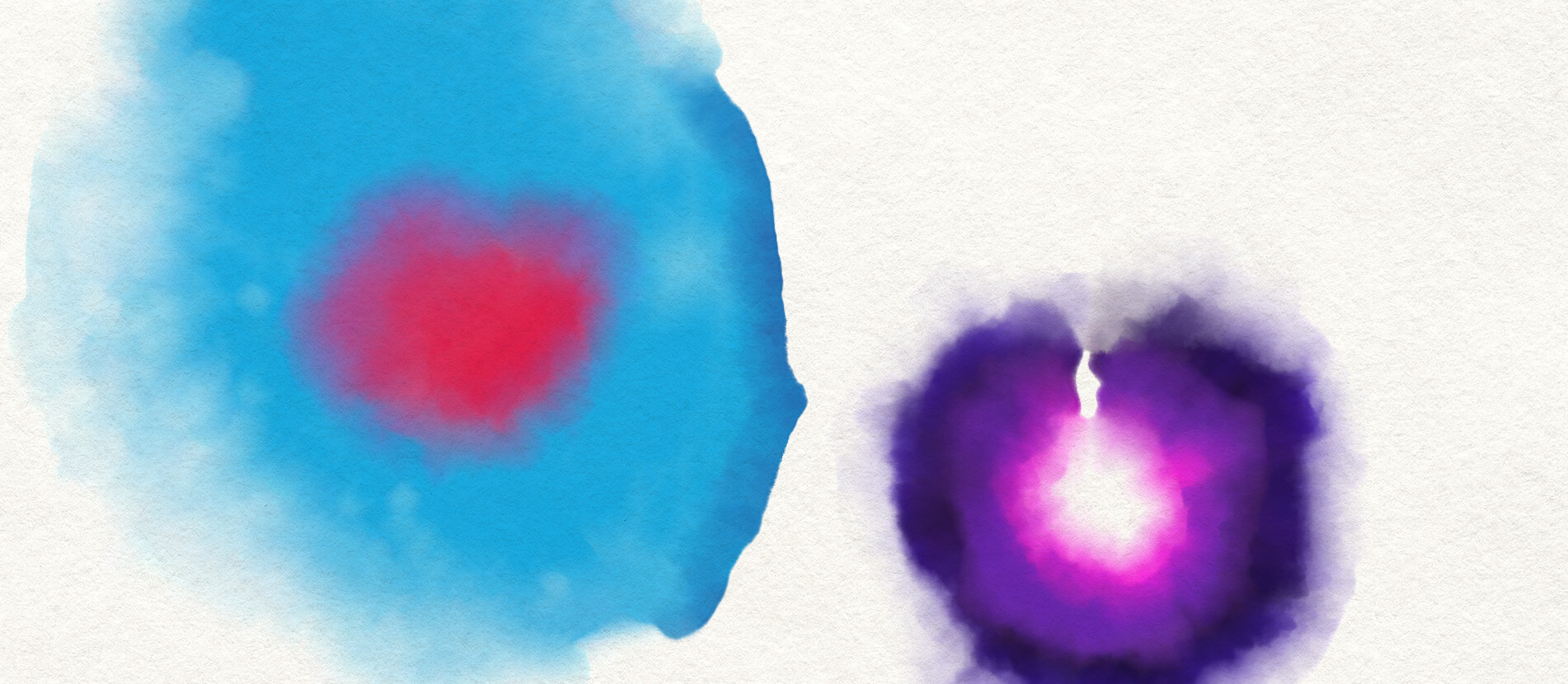
Topic World Chromatography
Chromatography enables us to separate, identify and thus understand complex substances. Whether in the food industry, pharmaceutical research or environmental analysis - chromatography opens up a treasure trove of information about the composition and quality of our samples. Discover the fascinating world of chromatography!



